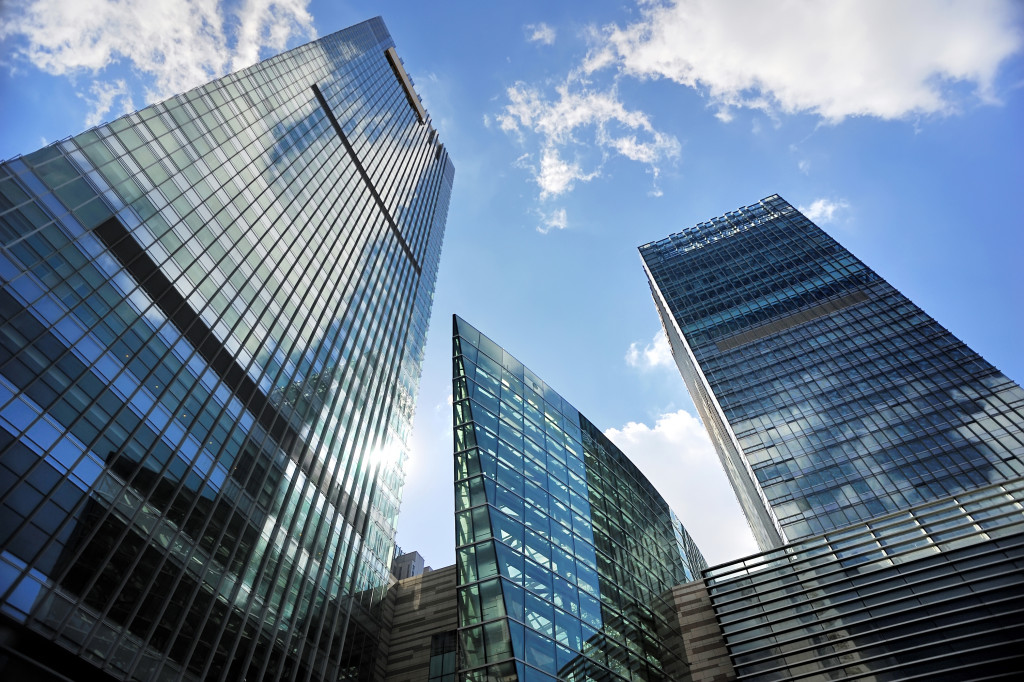As a business owner, you’re always looking for ways to reduce costs and increase profits. One way to do this is to make your buildings more energy efficient. By taking steps to improve energy efficiency, you can save money on your energy bills and make your buildings more environmentally friendly. Here are some ways to improve energy efficiency in buildings:
Invest In Solar Power

Solar power is a great way to improve energy efficiency in buildings. Solar panels can generate electricity, which can then be used to power lights, appliances, and other equipment. Solar panels can also heat water, providing a renewable and environmentally friendly energy source.
One important thing to consider when using solar power is where to store the energy. To make the most of the sun’s energy, it’s essential to store the power in a way that makes it easy to use. There are several ways to do this, including using batteries, storing the power in a nearby hydroelectric dam, or using a smart grid.
Batteries are a common way to store solar power. These can store electricity generated by solar panels or wind turbines. This electricity can then be used to power lights, appliances, and other equipment. Batteries are a safe and reliable way to store energy, and they can be used to provide backup power in the event of a power outage.
Another way to store solar power is by using a nearby hydroelectric dam or a smart grid. These can also store energy from solar panels and wind turbines. The stored energy can then be used to generate electricity or heat water.
Hydroelectric dams are a renewable and environmentally friendly way to store energy. On the other hand, smart grids are an efficient way to store energy and can help reduce greenhouse gas emissions.
Install Energy-Efficient Windows
Windows are a major source of heat loss in buildings. To improve energy efficiency, it’s essential to install energy-efficient windows. There are different types of energy-efficient windows, including double-paned windows and low-emissivity (low-E) windows.
Double-paned windows are a type of energy-efficient window that has two panes of glass. These windows are designed to reduce heat loss and improve insulation. Low-E windows are another type of energy-efficient window. These windows have a thin layer of metal oxide that helps reflect heat into the building.
Choose the right type of energy-efficient window for your climate. In colder climates, go for windows that will help reduce heat loss. In warmer climates, you should choose windows that will help keep the heat out.
It’s also essential to ensure that the windows are installed properly. Improperly installed windows can cause more harm than good. Make sure to hire a qualified contractor to install your energy-efficient windows.
Use Energy-Efficient Lighting
Lighting is one of the biggest sources of energy consumption in buildings. To reduce energy consumption, it’s important to use energy-efficient lighting. This can include LED bulbs, which use less energy than traditional incandescent bulbs, or natural lighting from windows and skylights.
Using natural lighting from windows and skylights can help reduce the energy needed to light your building. Natural lighting is also a great way to reduce your carbon footprint and help the environment.
Windows and skylights allow you to take advantage of the sun’s natural light. This can help reduce the amount of energy needed to light your building. They also allow you to enjoy the natural beauty of the outdoors. Moreover, they are a great way to bring in fresh air and natural sunlight.
Install Energy-Efficient HVAC Systems
Another way to improve energy efficiency in buildings is to install energy-efficient HVAC systems. These systems can include high-efficiency furnaces, boilers, and air conditioners that use less energy than older models. Installing these can help you save money on energy bills and make your buildings more comfortable for occupants.
There are several factors you should consider when choosing an energy-efficient HVAC system, including the size of the building, the climate, and the type of heating or cooling system.
It’s also essential to choose the right HVAC system for your needs. If you live in a warm climate, you’ll need a different type of HVAC system than if you live in a cold climate. Likewise, if your building is large, you’ll need a different type of HVAC system than if your building is small.
Improving energy efficiency in buildings is a great way to save money on your energy bills and reduce your carbon footprint. By taking steps to improve energy efficiency, you can make your buildings more cost-effective and environmentally friendly.

